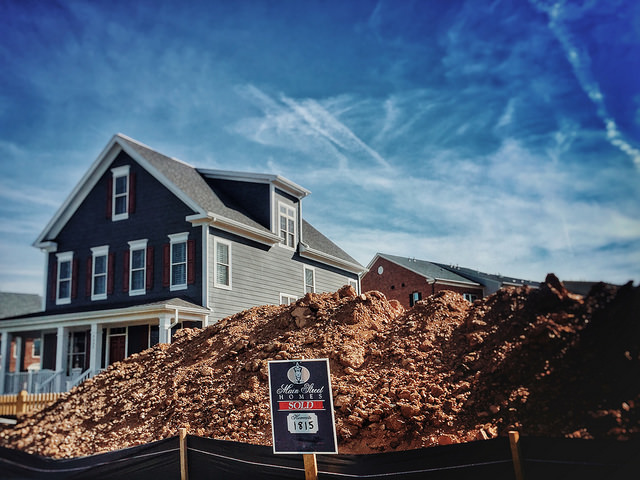There are many parts to a healthy housing market. Whether you’re talking about home prices, mortgage rates, new home construction, or another housing metric, each one of them have an effect on home buyers and sellers – even if some of those effects aren’t as obvious as others. Take new home sales. If you’re not looking to buy a new house, how does it affect you? Well, for one, when new homes are in demand, more new homes get built. And, when more new homes get built, the boosted inventory of homes for sale can help reduce price increases. For example, the current housing market’s main challenge is too few homes for sale. Because inventory has been low in many markets, buyers have seen prices go up and choices decline. So, news that new home sales increased in June for the second straight month is encouraging because increasing sales could help spur more new homes to be built, which would help balance the market and keep prices from becoming unaffordable for the average buyer. So, even if you aren’t in the market for a new home, you could indirectly benefit from more new homes being bought and sold in your neighborhood. More here.













